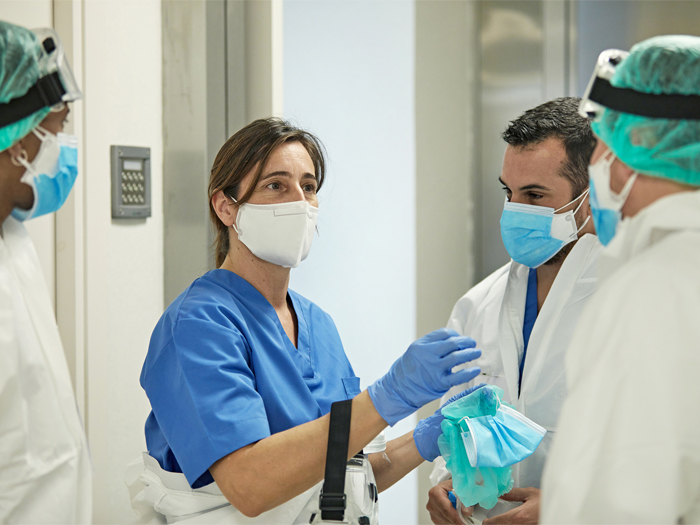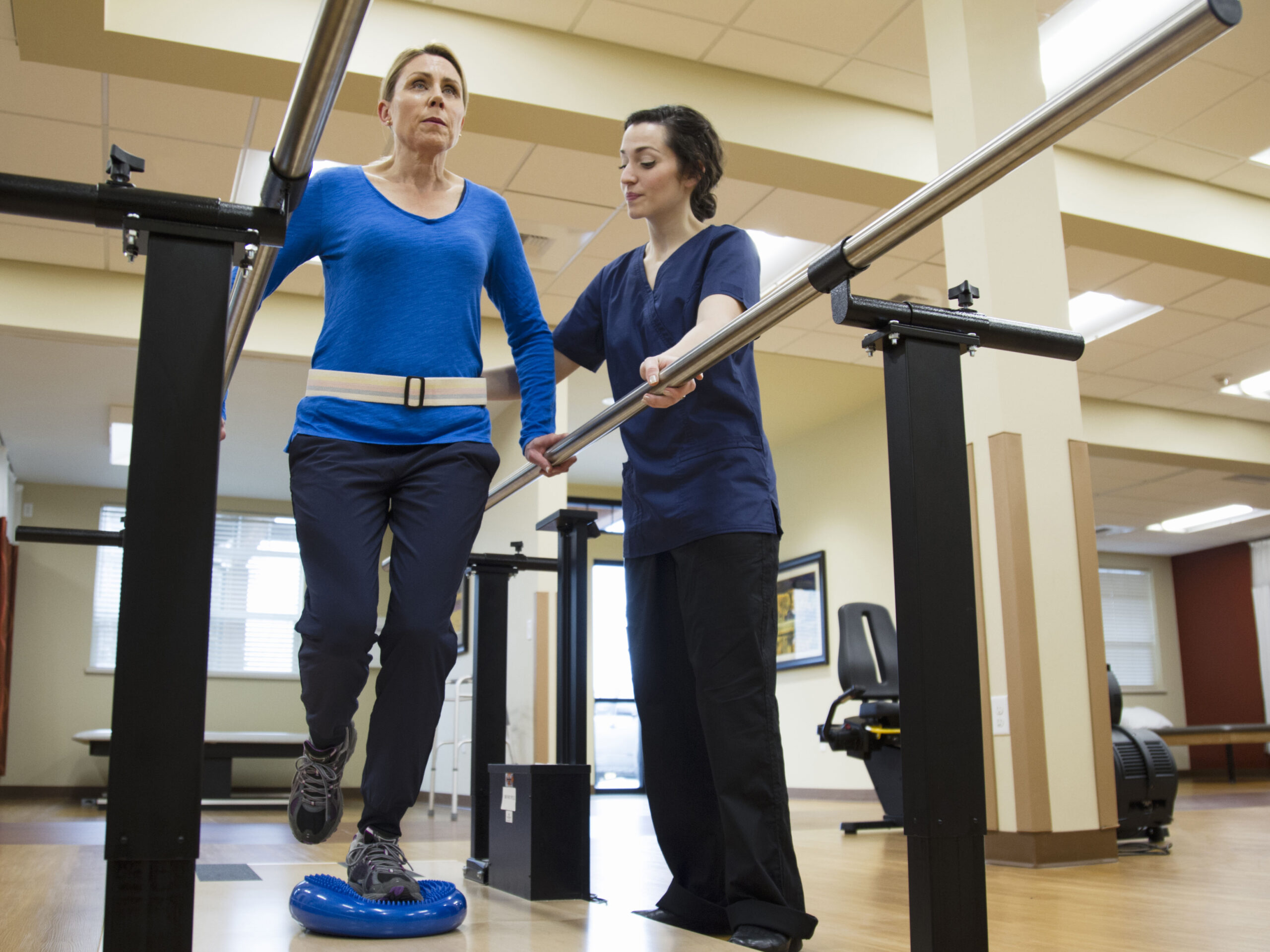9 Vital Safety Considerations for When We Go Back to the Office After COVID-19
Buildings that were once fully occupied by employees are now vacant or operating with limited personnel.
This undoubtedly increases the risk of fire, theft, water damage and vandalism. It also may delay the time it takes to identify and respond to those issues as well, opening an organization up to the risk of small exposures leading to catastrophic and costly damage.
Now is the time for organizations to take proactive steps in managing idle property exposures, and prepare for when it is time to reoccupy facilities.
During Idle Periods
While a facility remains idle, and if accessible, periodic site inspections should be conducted as frequently as possible to assess the severity of the potential property damage. This is a vital step to ensuring that damage is caught in a timely manner and does not turn into a larger problem. At a minimum, a thorough site inspection includes four key assessments:
1) Exterior building inspection
Examine the outside of the facility to identify possible signs of unlawful entry or vandalism, clogged drains or any maintenance needs. If the building’s roof is accessible, check for clogged roof drains, downspouts or scuppers that could have been caused by storms.
2) Interior building inspection
Check all areas of the interior of the building, with a close eye on the environmental conditions of the facility. For example, ensure that all HVAC systems are functioning and that thermostats are operable. Building temperatures should be maintained above 50 degrees Fahrenheit or 10 degrees Celsius to prevent damage to plumbing and sprinkler systems.
3) Water damage visual identification
Take a close look to see if there is any undetected water damage. This includes looking for water on the ground, stained ceiling tiles and other wet interior surfaces. If the building has sub-grade levels, it’s important to check the function and operability of sump pumps and sewage uptake pumps if present since these are leading sources of backup losses.
4) Check fire protection systems
Make sure all fire systems in place are operating correctly and that control valves are open and secure. Fire sprinkler systems should never be taken out of service except in emergencies or when heat can simply not be maintained in cold-weather areas.
Supplemental to onsite inspections, there is technology that can be implemented to remotely monitor the building. Internet of Things (IoT) sensor technology for issues such as water intrusion, temperature, humidity and vibration can be combined with more traditional monitoring techniques, including central station alarm monitoring and video surveillance, to monitor building conditions remotely in between periodic physical inspections.
Returning to the Idle Facility
When it comes time to reoccupy the facility, a careful assessment of conditions and systems is important to ensure restoration proceeds smoothly. This is particularly important when restoring utilities and bringing production equipment back online.
Even with a robust plan for monitoring and physical inspections during the idle period, hidden problems may only present themselves during the restoration process. At a minimum, systems that should be inspected by qualified personnel or vendors upon return include:
5) Plumbing
If domestic plumbing systems have been shut off or drained, restore systems by slowly opening valves to reduce the risk of water hammer. If possible, restore systems section by section to allow for a visual inspection of these areas first to ensure there are no signs of leakage or other problems.
6) Fire
Ensure fire protection systems are in good working order and operating normally. This is a good time to schedule periodic maintenance and inspection by a qualified contractor to ensure no issues have developed. Inspection, testing and maintenance should be in accordance with NFPA 25, 72 and other applicable requirements.
7) HVAC
Have a licensed contractor or qualified employees inspect HVAC systems to ensure they are working as intended and necessary maintenance is completed.
8) Electrical
If electrical systems or portions of the electrical distribution were disconnected, these should be restored gradually (with no/minimal load) to reduce the risk of transient voltage (surge) that can damage equipment and electrical components.
9) Equipment
If production equipment was idled, follow the manufacturers’ instructions for restoring equipment to normal operating conditions.
With detailed inspection and restoration, businesses can help mitigate liability for idle property risks. Throughout a period of vacancy, it is crucial that businesses communicate often with qualified personnel and/or qualified vendors to ensure that they have the resources required to be properly maintaining their facility until they can return occupancy. &
CNA’s risk control division has even more resources online. For more resources on how to mitigate risk exposures, visit: www.cna.com/riskcontrol










